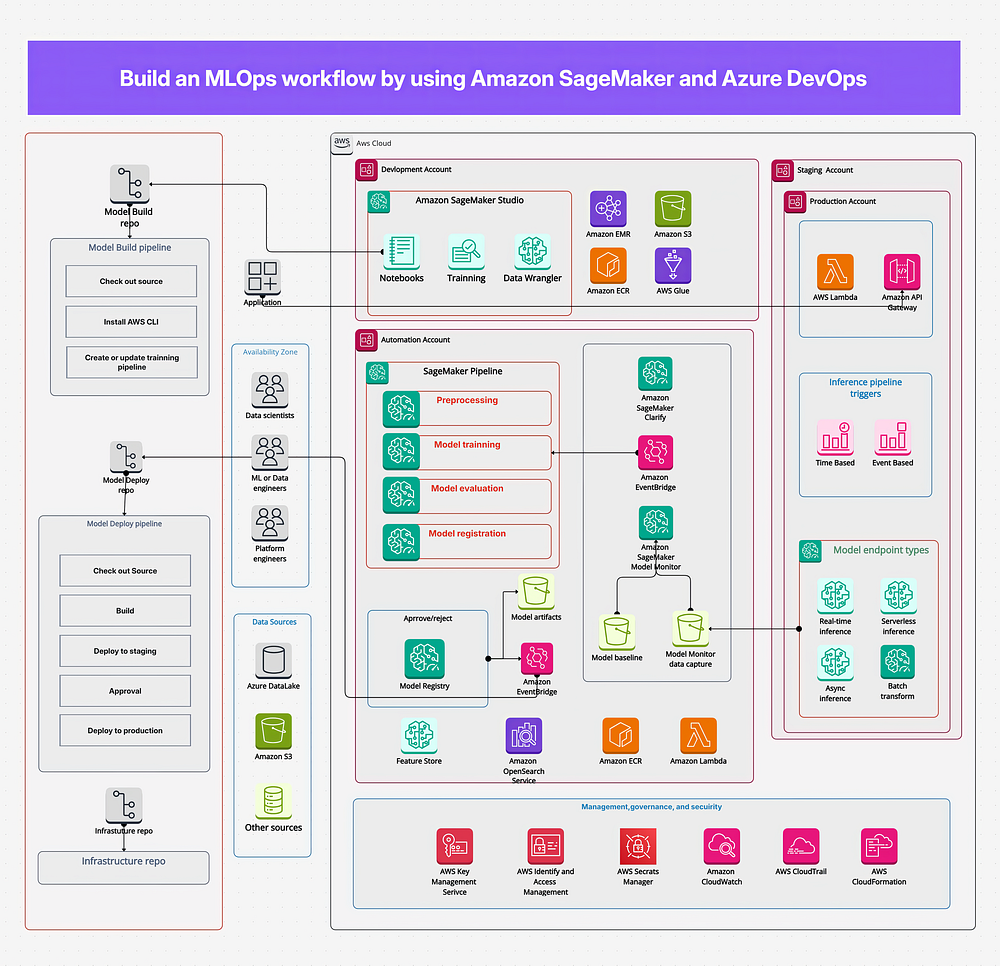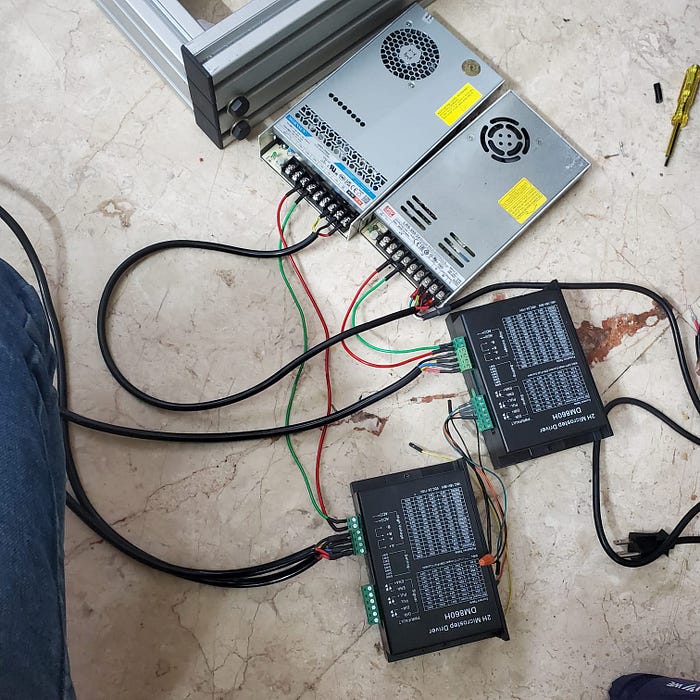Introduction to Vision-Language Models
Vision-Language Models (VLMs) are a fascinating field that combines computer vision and natural language processing. These models enable systems to understand and generate language based on visual context. VLMs have many applications, including image captioning, visual question answering, multimodal search, and AI assistants.
What are Vision-Language Models?
VLMs are designed to process and understand both visual and textual data. They can be used to generate captions for images, answer questions about visual content, and even help with search queries that involve images. These models have the potential to revolutionize the way we interact with technology and access information.
Key Concepts in Multimodality
To understand VLMs, it’s essential to grasp the concept of multimodality. Multimodality refers to the ability of a system to process and integrate multiple forms of data, such as text, images, and audio. Large Multimodal Models (LMMs) are a type of VLM that can handle multiple forms of data and generate human-like responses.
Foundational Architectures
VLMs are built on top of various architectures, including transformers and convolutional neural networks (CNNs). These architectures provide the foundation for VLMs to learn and generate language based on visual context. Some popular resources for learning about VLMs include:
- Multimodality and Large Multimodal Models (LMMs) by Chip Huyen
- Smol Vision by Course
- Coding a Multimodal (Vision) Language Model from scratch in PyTorch
- Awesome Vision-Language Models
- Multimodal RAG
Hands-on Coding Resources
For those who want to get hands-on experience with VLMs, there are many coding resources available. These resources provide a step-by-step guide to building and training VLMs using popular frameworks like PyTorch and TensorFlow.
Advanced Topics
For more advanced learners, topics like retrieval-augmented generation for multimodal inputs can be explored. This involves using VLMs to generate text based on visual context and then retrieving relevant information from a database to augment the generated text.
Conclusion
Vision-Language Models are a rapidly evolving field with many potential applications. By understanding the key concepts, architectures, and coding resources, developers and researchers can build and improve VLMs. Whether you’re a beginner or an experienced practitioner, VLMs offer a fascinating area of study and exploration.
FAQs
- Q: What are Vision-Language Models?
A: Vision-Language Models (VLMs) are models that combine computer vision and natural language processing to understand and generate language based on visual context. - Q: What are the applications of VLMs?
A: VLMs have many applications, including image captioning, visual question answering, multimodal search, and AI assistants. - Q: How can I learn more about VLMs?
A: There are many resources available, including online courses, tutorials, and research papers. Some popular resources include Multimodality and Large Multimodal Models (LMMs) by Chip Huyen and Coding a Multimodal (Vision) Language Model from scratch in PyTorch. - Q: What is multimodality?
A: Multimodality refers to the ability of a system to process and integrate multiple forms of data, such as text, images, and audio.











